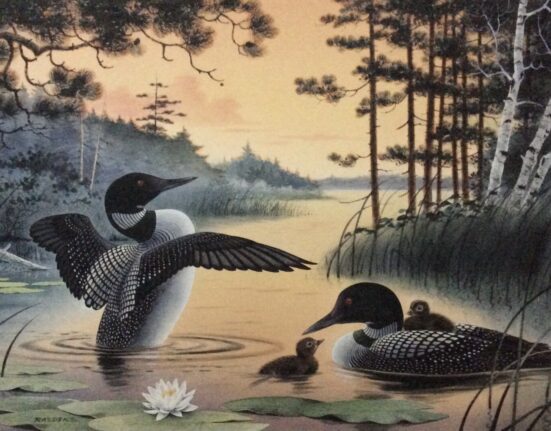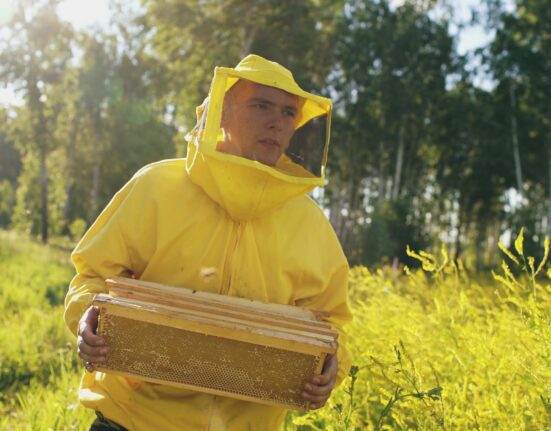“When you contribute a worry to this, and then you hear this creature talking, it’s not exactly your words,” Rabinovich says. “It is reflective of your worries filtered through this communal worry pool.”
The artists found humor in their project, as the AI trained on actual worries sometimes failed to form discernible words and instead sounded “like a baby trying to talk.” However, as AI continues to rapidly advance, so has the critters’ ability to voice real worries.
“What the critters are saying is becoming less and less funny,” Rabinovich says.
The artists see “Ecology of Worries” as an avenue to help people process their worries, but also note that listening to machine-generated worries could cause new anxieties.
“That brings us to the question, should we teach a machine to worry for us?” Foley asks. “What is our relationship with AI, and how can it impact our feelings and thoughts?”
The Relationship Between AI and Art
As with “Ecology of Worries,” AI can be used in art to enhance a project. It also provides valuable resources to artists who do not have the budget to realize their visions.
“Early-career artists could use AI to generate a film based on a script they wrote, or produce a virtual world based on their drawings,” Rabinovich says. “It could potentially democratize the creation of artwork.”
But AI also comes with plenty of concerns in the art world.
With the capabilities of AI evolving rapidly, some artists fear the technology could take over the creative process – and their livelihood.
“People aren’t going to want to pay artists to create art when they can just have AI do it,” Rabinovich says.
AI software that generates images often uses the existing work of artists; however, these artists are typically not compensated.
“Most people who have created open AI platforms did not consider the need to compensate or give recognition to the artists who have done work that their platform is being trained on,” Foley says.
Foley and Rabinovich say it’s necessary for everyone, from makers to consumers, to deeply reflect on the uses and impact of AI, while acknowledging that this can be difficult given AI’s constant advancements. They add that their project “Ecology of Worries” and events like the Kennedy College of Sciences Conversation Starter on Artificial Intelligence help create spaces for reflection.
“AI is out there. It’s a part of our culture, and to use it in a way that’s educated is tough. But if we don’t use it at all, we don’t get to inform how it becomes part of our world,” says Foley, who plans on using AI in her next project with Rabinovich. “It’s a tricky space.”







